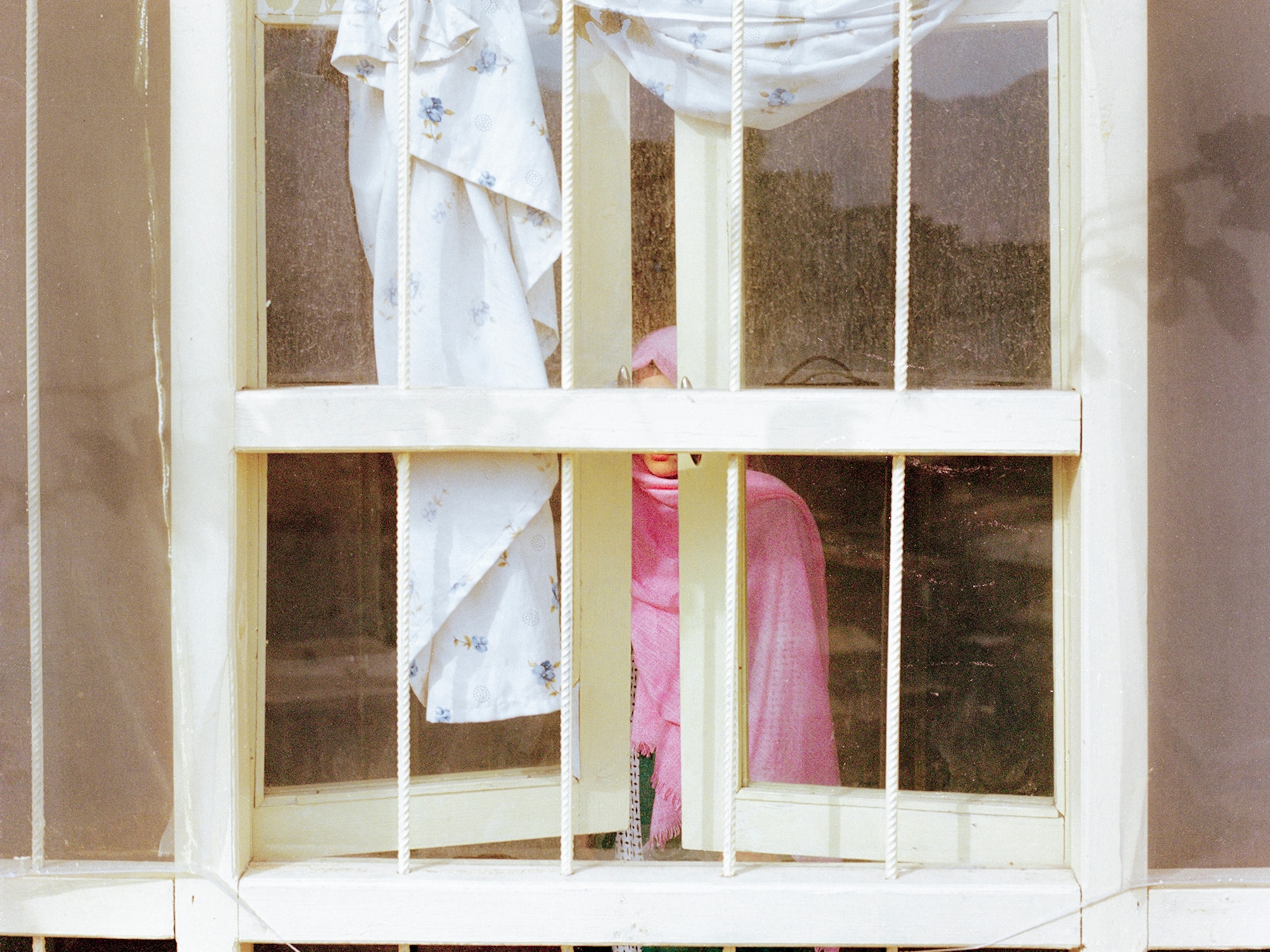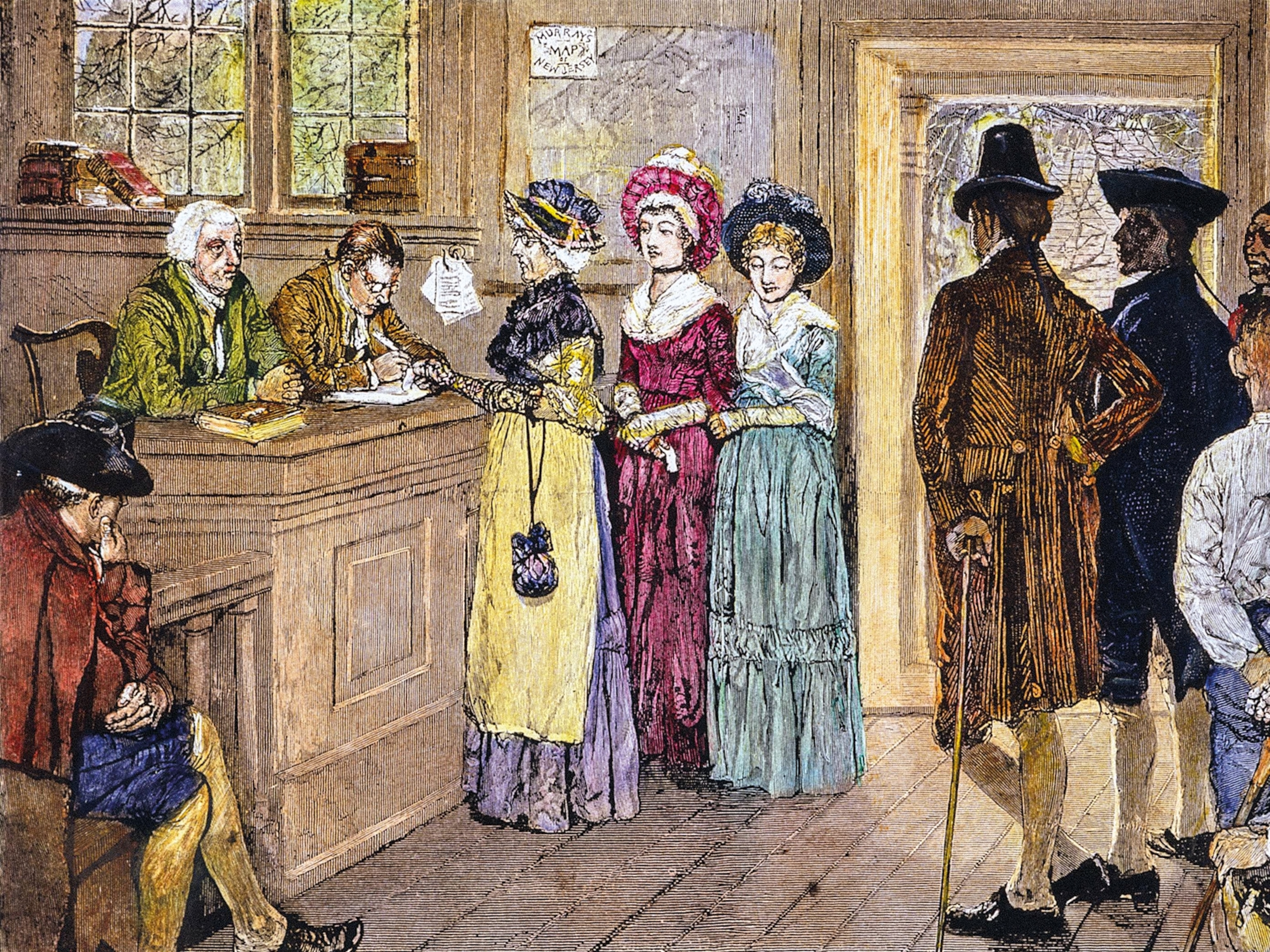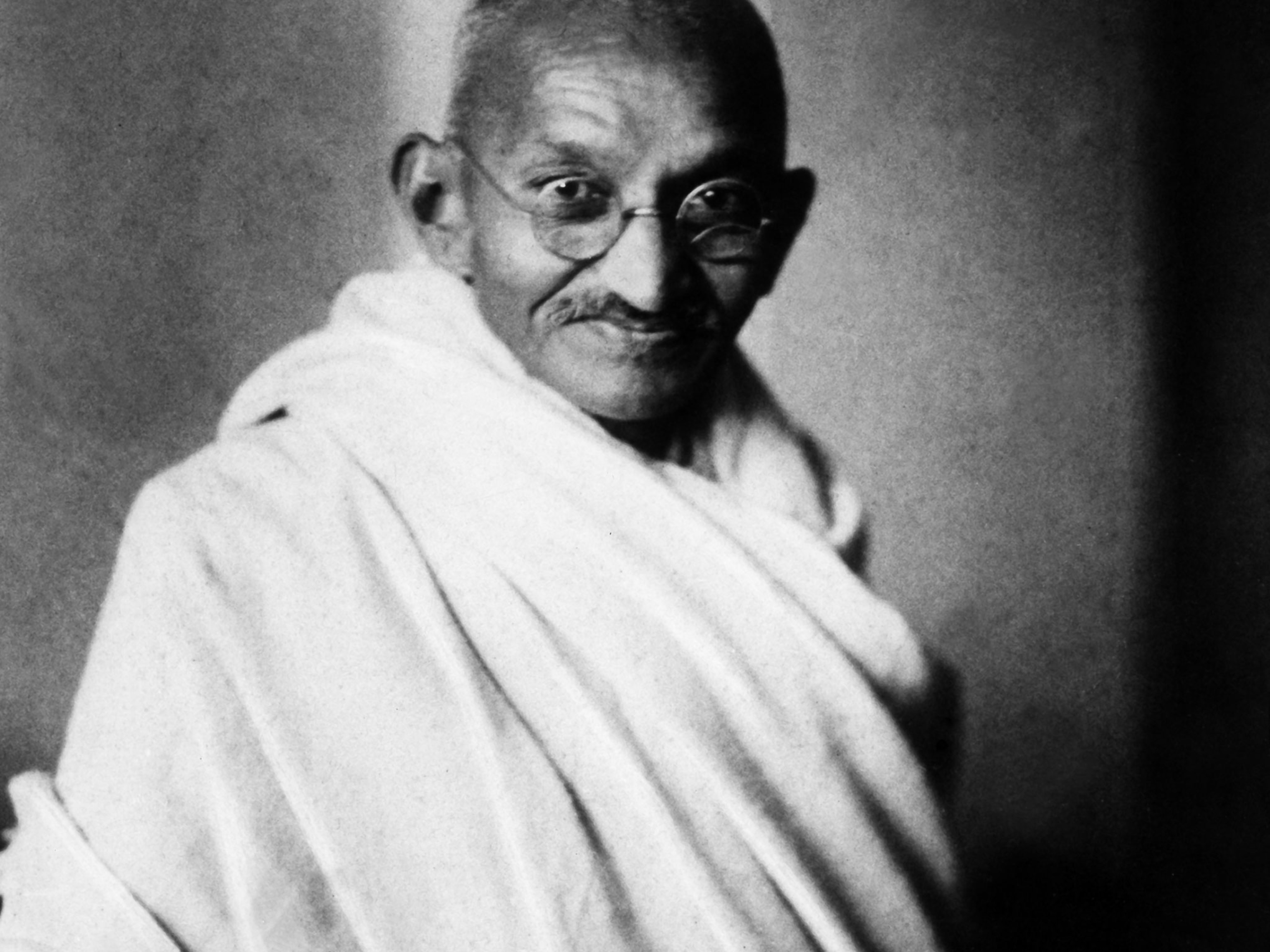
India's Forgotten Child Brides
Child marriage is on the decline, but girls from poor regions slip through the cracks.
The smells and colors—bold yellow turmeric smeared on hands and faces, a strip of red powdered vermillion applied to the hairline—offer the first clues that a wedding is about to happen or has just happened. The girls at this event are often too young to understand marriage, but they’re old enough to know what the spices being ceremoniously applied to their bodies signify.
(Millions of Young Girls Forced Into Marriage)
This is what Saumya Khandelwal, a 27-year-old Reuters photographer based in New Delhi, heard from girls who weren’t as lucky as she was.


Khandelwal was born in Lucknow, a city in the same state but a world apart from the district of Shravasti. Growing up, she and her friends understood that child marriage happened in India, just not to anyone they knew. But 120 miles away, along the impoverished border of Nepal, girls as young as eight years old are married off by their families.
In 2015, Khandelwal started traveling back and forth from New Delhi to the state of Uttar Pradesh, home to both her and the Taj Mahal, to photograph these young brides. “If I was born in Shravasti, these girls could have been me,” Khandelwal says.
Technically, child marriage is illegal in India. A law passed in 1929, the government passed a law banning the practice, and it was updated again in 2006. Today, both women under 18 and men under 21 cannot legally get married. Parents or older spouses can be punished with up to two years in prison for coordinating or allowing arrangements that ignore these restrictions.


Despite a plunge in the rate of child marriages over the past decade, there are more underage brides in India than any other country in the world. More than a quarter of Indian girls are married by the age of 18, according to the organization Girls Not Brides.
(Read about the secret world of child brides in "Too Young to Wed.")
When Khandelwal decided to turn her camera on these girls, she expected tradition and patriarchy to dominate each family’s decision to marry off their daughters. What she found was a practice also rooted in poverty, a lack of education, and the volatility of life.


In Shravasti, Khandelwal asked the mother of a young bride who had also been married as child: Why are you subjecting your daughter to the same fate? The mother replied that she’d prefer not to, but there were few other options. Her husband was a day laborer and she and her children gathered and sold firewood. They lived day to day, so it was better to marry off their girls before outside forces intervened. “If we lose our house to floods tomorrow, we won’t have anything to give for our daughter’s wedding dowry,” she said.
Khandelwal found that many families considered their daughters similarly—as liabilities. She met Muskaan (whose name has been changed here for privacy reasons), a vivacious girl with two sisters, and returned again and again to visit her. “Having three girls is seen as three times the expenses and dowry to be paid,” says Khandelwal. Some families wait to pull their daughters out of school until after she moves in with her husband, but when Muskaan was married at 14 her father stopped her education immediately. From then on she stayed inside, learning how to cook and take care of the house.
Soon after the wedding, Khandelwal visited Muskaan to find out how she felt. “What she said was particularly disappointing,” Khandelwal recalls. “She said, ‘What’s there to feel about it? This has to happen.’ That just tells you how helpless and hopeless these girls are. They don't even know that as women they can have careers.”

Many brides find themselves alone after getting married. There’s no work to be found in the small villages, so young men often seek their fortune across the giant country. Their wives move in with the in-laws and the newlyweds stay in touch via phone.
“What do you expect a kid who’s 15 to understand about marriage or relationships or managing a house?” asks Khandelwal. “They’re not educated, and that trickles down to their own kids. They already don't have money, and they’re already too young to have kids. It’s a vicious cycle. Will they ever be able to come out of this?”
After two and a half years spent photographing the child brides of Shravasti, Khandelwal sees signs of young girls forced into marriage across the country, even in the metropolis of New Delhi. She plans to turn her camera’s lens on these communities to show how the practice may be illegal and declining, but in India it’s still flourishing on the sidelines.
Saumya Khandelwal is a photographer based in India. You can see more of her work on her website and on Instagram.





